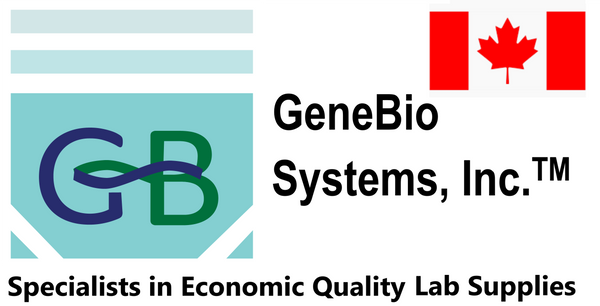Gene Bio Systems
Recombinant Human Heterogeneous nuclear ribonucleoprotein D0(HNRNPD),partial
Recombinant Human Heterogeneous nuclear ribonucleoprotein D0(HNRNPD),partial
SKU:CSB-RP025444h
Couldn't load pickup availability
Size: 200ug. Other sizes are also available. Please Inquire.
In Stock: No
Lead time: 10-20 working days
Research Topic: Transcription
Uniprot ID: Q14103
Gene Names: HNRNPD
Organism: Homo sapiens (Human)
AA Sequence: AVGGSAGEQEGAMVAATQGAAAAAGSGAGTGGGTASGGTEGGSAESEGAKIDASKNEEDEGHSNSSPRHSEAATAQREEWKMFIGGLSWDTTKKDLKDYFSKFGEVVDCTLKLDPITGRSRGFGFVLFKESESVDKVMDQKEHKLNGKVIDPKRAKAMKTKEPVKKIFVGGLSPDTPEEKIREYFGGFGEVESIELPMDNKTNKRRGFCFITFKEEEPVKKIMEKKYHNVGLSKCEIKVAMSKEQYQQQQQWGSRGGFAGRARGRGGGPSQNWNQGYSNYWNQGYGNYGYNSQGYGGYGGYDYTGYNNYYGYGDYSNQQSGYGKVSRRGGHQNSYKPY
Expression Region: 18-355aa
Sequence Info: Partial
Source: E.coli
Tag Info: N-terminal GST-tagged
MW: 63.9 kDa
Alternative Name(s): AU-rich element RNA-binding protein 1
Relevance: Binds with high affinity to RNA molecules that contain AU-rich elents (AREs) found within the 3'-UTR of many proto-oncogenes and cytokine mRNAs. Also binds to double- and single-stranded DNA sequences in a specific manner and functions a transcription factor. Each of the RNA-binding domains specifically can bind solely to a single-stranded non-monotonous 5'-UUAG-3' sequence and also weaker to the single-stranded 5'-TTAGGG-3' telomeric DNA repeat. Binds RNA oligonucleotides with 5'-UUAGGG-3' repeats more tightly than the telomeric single-stranded DNA 5'-TTAGGG-3' repeats. Binding of RRM1 to DNA inhibits the formation of DNA quadruplex structure which may play a role in telomere elongation. May be involved in translationally coupled mRNA turnover. Implicated with other RNA-binding proteins in the Cytoplasmic domain deadenylation/translational and decay interplay of the FOS mRNA mediated by the major coding-region determinant of instability (mCRD) domain. May play a role in the regulation of the rhythmic expression of circadian clock core genes. Directly binds to the 3'UTR of CRY1 mRNA and induces CRY1 rhythmic translation. May also be involved in the regulation of PER2 translation.
Reference: The human HNRPD locus maps to 4q21 and encodes a highly conserved protein.Dempsey L.A., Li M.-J., DePace A., Bray-Ward P., Maizels N.Genomics 49:378-384(1998)
Purity: Greater than 90% as determined by SDS-PAGE.
Storage Buffer: Tris-based buffer,50% glycerol
Storage: The shelf life is related to many factors, storage state, buffer ingredients, storage temperature and the stability of the protein itself. Generally, the shelf life of liquid form is 6 months at -20℃/-80℃. The shelf life of lyophilized form is 12 months at -20℃/-80℃.
Notes: Repeated freezing and thawing is not recommended. Store working aliquots at 4℃ for up to one week.


